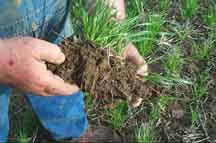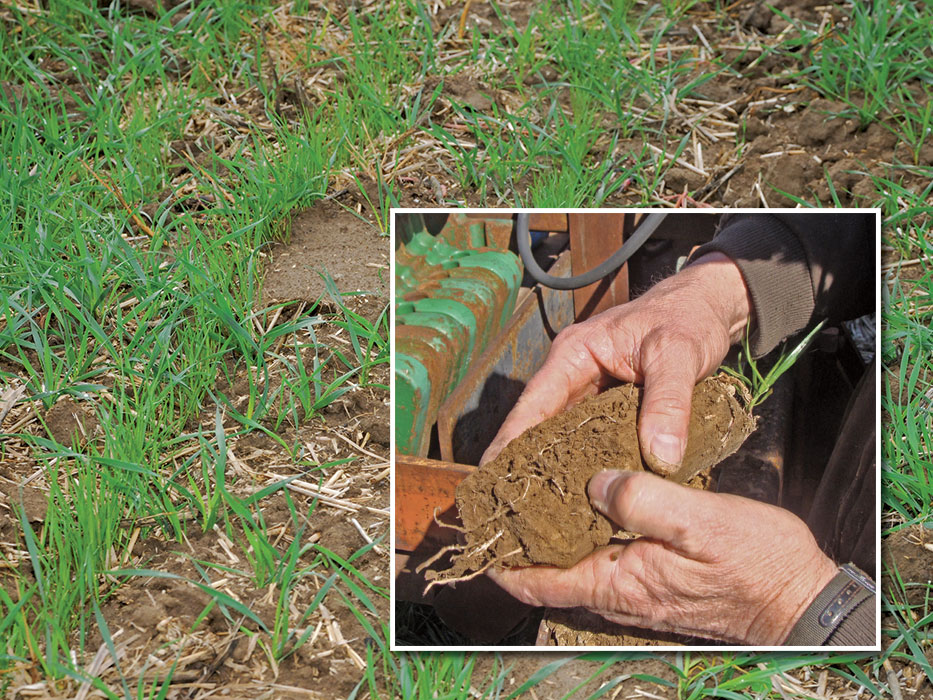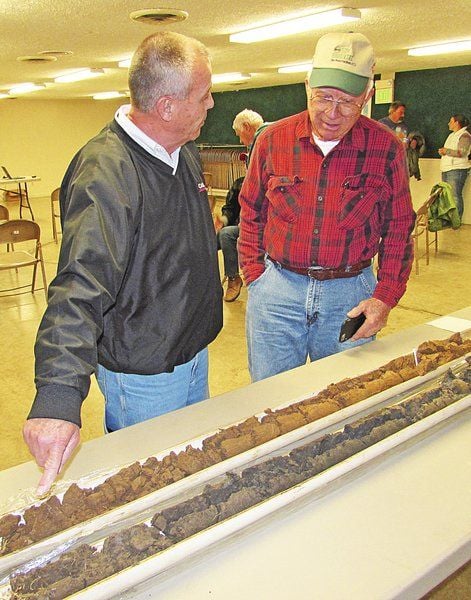Organic matter, a foundational element of health soil, is the key to plant health and consequently human health. Without organic matter, there would be nothing to feed the myriad forms of life that make up healthy soil.
Cultivation of land leads to extreme loss of organic matter. Midwest crop acreage 150 years ago probably had between 4 and 5 percent organic matter. Some acres today have less than 2 percent. Thankfully, with no-till and cover crops, a healthy percentage of organic matter can be regenerated in a decade of careful application of conservation practices including cover crops.

According to crop scientists like John Biernbaum at Michigan State, there are multiple types of organic matter. First, there is the living part which includes plant roots, earthworms and other insects, bacteria, fungi, protozoa, and more, Then there are several “dead” parts of organic matter in various stages of decay. Some forms, like plant leaves, stalks and roots, break down in a matter of weeks to months, while other forms like tree trunks, take decades or longer.
Organic matter, in addition to being the primary source of food for the many forms of life in the soil, is also important for the infiltration and retention of moisture. Researchers tell us that each pound of carbon in the soil can retain up to 40 lbs of water.
Cover crops function in a couple of important ways in this cycle. First, they keep the soil in place, preventing erosion. Next, the roots of cover crops exude sugars that feed life below the surface. Finally, they create channels through which rain and snowmelt get deeper into the soil profile.
For more information about growing cover crops, check out this Management Guide.







